Update
Food For Climate Solutions Grantee Spotlight: A Q&A with Viva Farms
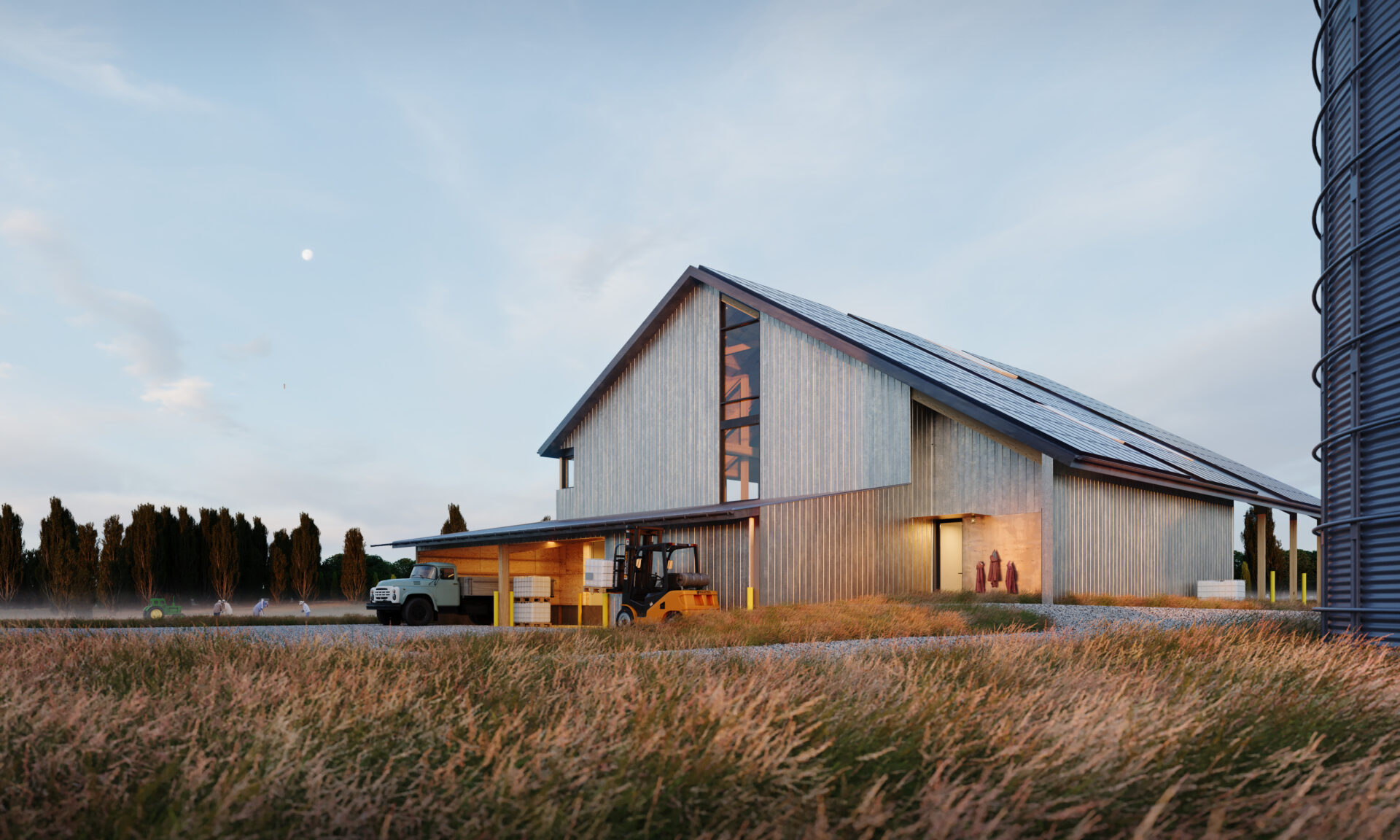
Take an inside look into TRFF Food for Climate Solution grantees’ work, which is reducing the effects of climate change while strengthening our regional food system. Viva Farms is a farm business incubator and training program established in 2009. It operates on 119 acres across two locations in Skagit County and one in King County, Washington. The organization’s mission is to empower aspiring and limited-resource farmers by providing bilingual training in holistic organic farming practices and access to land, infrastructure, equipment, marketing and capital.
This interview has been edited for clarity.
How is your organization addressing the climate crisis?
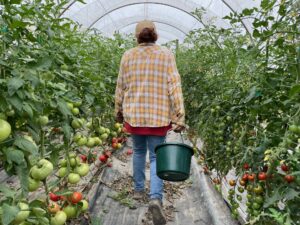 At Viva Farms, we believe that a healthy environment is integral to a robust and just local food system. We are certified organic and teach organic production, along with other holistic farming practices that support soil health. We grow food with these methods because we understand that they can contribute to, rather than degrade, the health of our food, farms and planet.
At Viva Farms, we believe that a healthy environment is integral to a robust and just local food system. We are certified organic and teach organic production, along with other holistic farming practices that support soil health. We grow food with these methods because we understand that they can contribute to, rather than degrade, the health of our food, farms and planet.
Specifically, we use soil-building practices such as crop rotation, intercropping, cover cropping, organic fertilizers and conservation tillage. These practices sequester carbon, slowing the atmospheric and marine accumulation of greenhouse gases that lead to global warming and climate change. With good soil health, the soil’s flora and fauna grow, improving soil formation and structure and, in turn, water filtration. Among many benefits, holistic practices reduce water usage and increase nutrient retention, yielding excellent crop resiliency from pests and disease.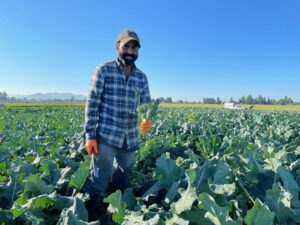
We are actively involved in research projects to help grow the US’s knowledge of climate-smart agriculture. One is the USDA Natural Resource Conservation Service Conservation Innovation Grant, in which farmers in our program conduct on-farm trials to understand conservation practices’ impacts on soil health in partnership with soil scientists from Washington State University. Additionally, in Blue Carbon, Green Fields, a project funded by the U.S. Department of Agriculture’s Partnerships for Climate Smart Commodities grant program, we are working with a great team of partners to explore an innovative approach to the practice of using seaweed as a soil amendment by moving excess carbon and nutrients from Puget Sound, where they’re harming shellfish, into nearby agricultural soils, where we think they can be beneficial.
Could you provide more information about the expected benefits and impacts of the Market Center on beginning and historically underserved farmers in your programs? How will this facility improve their post-harvest activities, enhance their farm businesses, and contribute to developing their skills and knowledge? Do you have any specific success stories or case studies from similar projects that showcase the positive outcomes for farmers?
The Barn at Viva Farms will provide critical infrastructure for farmers in our program to bring healthy, quality food to market through handling, aggregation, processing, storing, distribution and sale. The existing structure, which was demolished in late 2023, significantly underserved the needs of the farmers on site, so much so that they were choosing to limit their production because they didn’t have enough space for storage.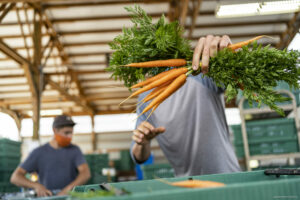
Furthermore, the insufficient space caused bottlenecks and unnecessary delays in the critical time between harvesting and getting the product to market, sometimes leading to product degradation. The new facility will be a vast improvement to the infrastructure Viva Farms provides farmers with and will significantly impact the scalability of their growing businesses. Overall, the space, combined with Viva Farms’ ongoing training and technical assistance, will allow farmers to learn post-harvest best practices in theory and implement and practice them in a conducive environment.
We chose to pursue The Barn at Viva Farms after witnessing the positive impacts of a wash/pack facility built at our original farm location in 2017. The facility significantly elevated our post-harvest activities, improving efficiency, food safety and product quality. It ultimately helped open new market outlets that increased customers and sales. The space supported the growth of our wholesale sales program by 74% over the previous year to $219,000. The wholesale program has continued to grow each year since, ending the 2022 season with more than $519,000 in food sales from farmers in our program. Additionally, the space enabled us to launch our Community Supported Agriculture (CSA) program, which has generated more than $931,000 since its inception.
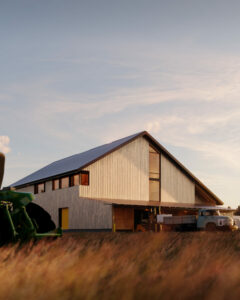 We anticipate a similar and compounded impact on the sales channels and business viability for our AgPark farmers once The Barn at Viva Farms is a reality. The new facility will have multiple loading docks and the processing infrastructure built to meet Good Agricultural Practices standards. These improvements will allow farmers to take on larger sales contracts and even diversify their crop planning, knowing they will have storage and market access.
We anticipate a similar and compounded impact on the sales channels and business viability for our AgPark farmers once The Barn at Viva Farms is a reality. The new facility will have multiple loading docks and the processing infrastructure built to meet Good Agricultural Practices standards. These improvements will allow farmers to take on larger sales contracts and even diversify their crop planning, knowing they will have storage and market access.
What are your top priorities this year/the next few years?
We have been amidst a significant fundraising effort for this massive infrastructure project since August of 2022, including federal and private grant applications, corporate support, and an extensive public individual donor campaign. We have secured $1,141,285 in funding so far toward our $2.4M goal including $819,000 from the Washington State Department of Agriculture, $200,000 from the Skagit Valley Food Co-op, $75,000 from The Russell Family Foundation, and significant donations from individuals in our community.
To start the construction, we had to demolish the old barn in November 2023. This leaves us with no walk-in cooler, no wash/pack area, and no storage for the largest and most successful farms in our program for the 2024 growing season.
At this point, our biggest obstacle is the funding required to bring The Barn to Viva Farms to life as soon as possible to minimize disruption to farmers’ businesses. Building a new multi-use farm facility on a historic farm property has proven complex and expensive, but we can persevere with the help of our community.
Any donation helps and brings beginning and historically underserved farmers closer to business viability, ensuring our community is well-nourished for generations to come.